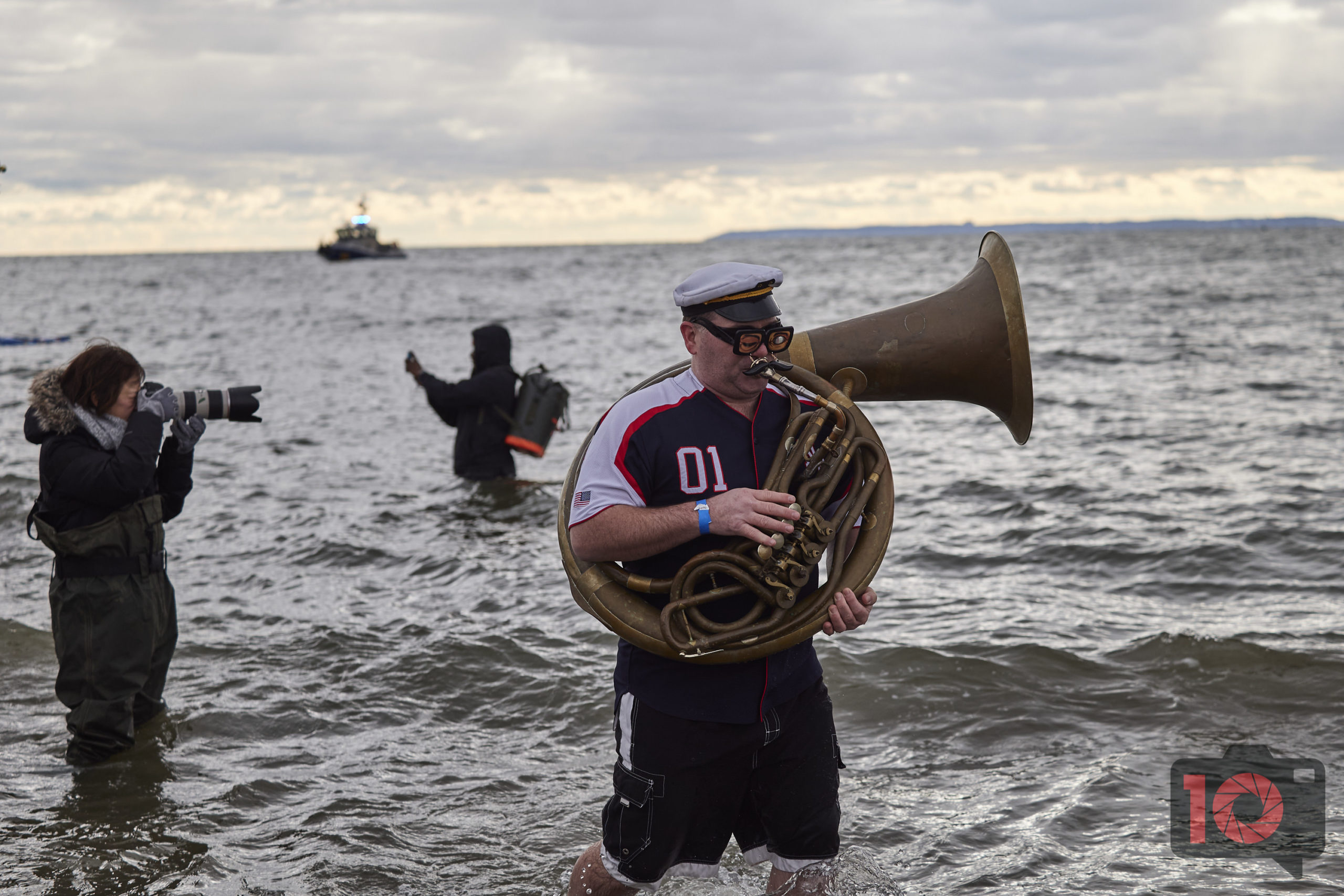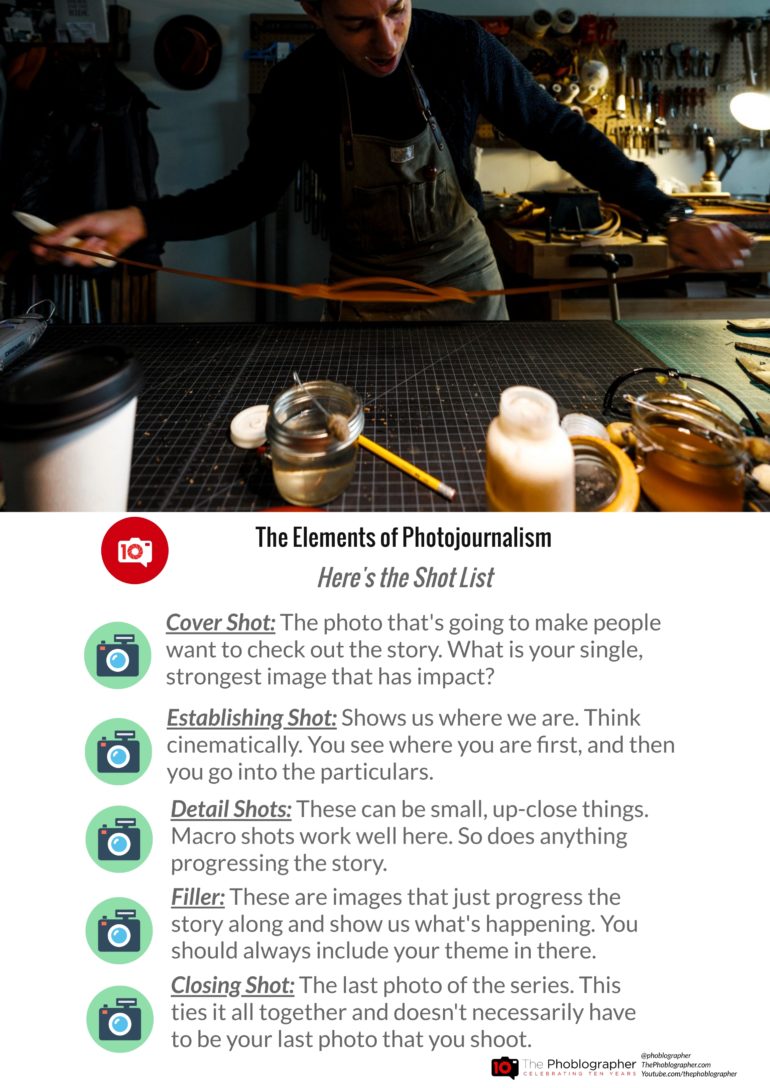A photojournalist who wants to grow should check out the shot list that your story needs.
You’re a documentary photographer, or a photojournalist, or someone looking to tell a story. This doesn’t include street photography (that’s not photojournalism). But you want to create a narrative in a photo story. Think about the who, what, when, where, how, and why of the story. You need to answer questions. And most importantly, you need to rely on a tried and true method that’s been in use for decades. It’s time for you, the photojournalist, to think like a film-maker.
A Photojournalist Should Think Like the Movies
A good photojournalistic story thinks like and is edited like cinema. You can also tell stories like TV shows. But let’s take one of my favorite movies: Pulp Fiction. And let’s hone in on the scene where Jackson and Travolta get the briefcase of the first time.
- There’s an Establishing Shot. So we know where we are.
- There are detailed shots: such as Tarantino’s closeups and angles used to tell the story.
- There’s filler, which is just various different shots to keep someone’s attention.
- And then there’s a concluding shot for the scene. This helps move the story along.
A photojournalistic story is similar. It tells a story through images and slaps an enticing cover on it. If you’re looking for photojournalism inspiration, then you should look no further than our Visual Momentum series. We did this with Fujifilm to share the stories of many photographers. They’ve all got a cause that they’re championing. And those are their stories. Notice how the information we’re conveying shows all of those critical details. Photojournalistic stories get infinitely more complicated than this. But that’s how it works. You just need to translate that skill into your photography.
Pro Tip: Here’s a bunch of Photojournalism books that we recommend. I personally learned on Kenneth Kobre’s books. And they’re pretty important.
Does It Make You Feel Something?
The best way that I always decided whether or not to take a shot is by reprogramming my mind. If you feel an emotion about whatever you see in front of you, shoot it. Shoot it with that emotion in mind. Those are the essential things that, when documented, get people staring. Instead of just clicking through one image after another, those photos get people really looking. They become viral. They share and tell the story as best as possible. Most importantly, be sure that all the significant elements of your story are sticking together and in each frame. Of course, this is a standard to strive for, and not written in stone.
“This is where you take the emotional and combine it with interaction of people. Instead of a mother grieving the loss of her son, it is a mother, father and brothers grieving the loss together. Perhaps they are in each other’s arms crying. The key to this is emotions and interaction with other people. That’s to say it doesn’t necessarily have to be people. It can also be a dog licking the face of his owner as he is on his back dying in the middle of the street.”
A Quote from the Beginner’s Guide to Photojournalism.
The Editing Process of the Photojournalist
We’re not talking about black and white, cropping, etc. Instead, we mean editing down the images to the final selection. My rule here is again the same: if you don’t feel anything from the photo, don’t use it unless it’s recording a very vital piece of information to the story.
The Phoblographer’s cheat sheets are made with VisMe.



